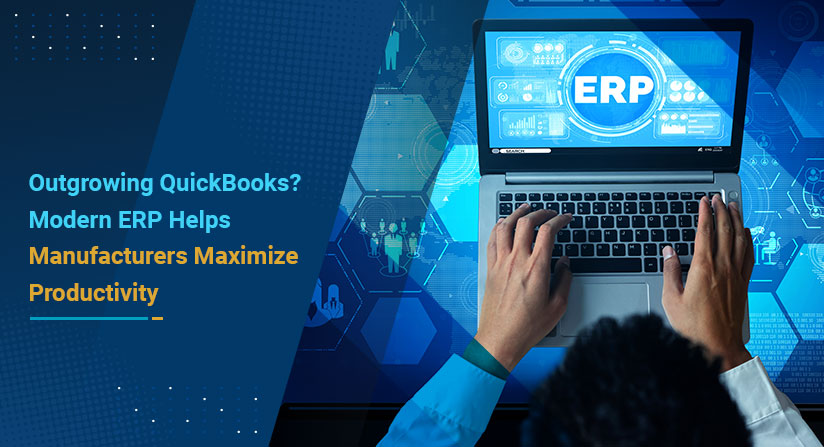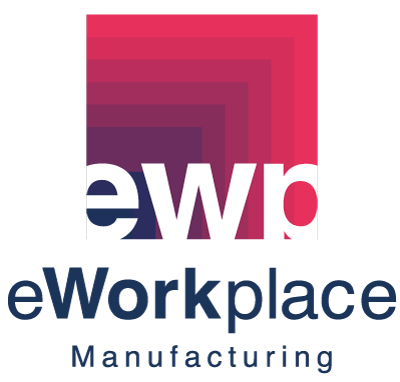Additive Manufacturing (AM), often called 3D printing, has emerged as a revolutionary technology potentially transforming traditional production processes. As this innovative approach gains traction across various industries, the need for seamless integration with Enterprise Resource Planning (ERP) systems becomes increasingly evident. This blog post will explore the intersection of additive manufacturing and ERP. It will explore the benefits, challenges, and strategies for achieving optimal synergy between these two critical components of modern manufacturing.
What Is Additive Manufacturing?
Unlike traditional subtractive manufacturing methods, which involve cutting away material from a solid block to create a final product, additive manufacturing builds objects layer by layer from digital designs. This layer-by-layer approach offers numerous advantages, including greater design flexibility, reduced material waste, and the ability to produce complex geometries that are challenging or impossible to achieve through conventional means.
Types of Additive Manufacturing Processes
- Binder Jetting: Binder jetting employs a 3D printing-style head that moves along the x, y, and z axes to deposit layers of powdered material alternated with a liquid binder acting as an adhesive.
- Directed Energy Deposition: In directed energy deposition, various materials like ceramics, metals, and polymers are utilized. A laser, electric arc, or electron beam gun, mounted on an arm, horizontally melts wire, filament feedstock, or powder to build up material while a bed moves vertically incrementally.
- Material Extrusion: Material extrusion, a prevalent AM technique, employs spooled polymers extruded or drawn through a heated nozzle mounted on a movable arm. This process builds melted material layer by layer as the nozzle moves horizontally and the bed moves vertically, with layer adherence facilitated through temperature control or chemical bonding agents.
- Powder Bed Fusion: Powder Bed Fusion encompasses several AM methods, including Direct Metal Laser Melting (DMLM), Direct Metal Laser Sintering (DMLS), Electronic Beam Melting (EBM), Selective Laser Melting (SLS), and Selective Heat Sintering (SHS). It involves using electron beams, lasers, or thermal print heads to melt or partially melt fine layers of material, followed by blasting away excess powder.
- Sheet Lamination: Sheet Lamination comprises Laminated Object Manufacturing (LOM) and Ultrasonic Additive Manufacturing (UAM) technologies. LOM utilizes paper and adhesive layers to create visually appealing items. At the same time, UAM employs ultrasonic welding to join thin metal sheets, offering versatility with metals like aluminum, stainless steel, and titanium.
- Vat Polymerization: Vat polymerization involves using a vat of liquid resin photopolymer to build an object layer by layer, with mirrors directing ultraviolet light to cure successive resin layers via photo polymerization.
- Wire Arc Additive Manufacturing (Now DED-arc): Wire Arc Additive Manufacturing utilizes arc welding power sources and manipulators to construct 3D shapes through arc deposition. It typically employs wire as a material source, following a predetermined path to shape the desired form, often utilizing robotic welding equipment.
The Role of ERP in Manufacturing
Enterprise Resource Planning systems are the backbone of modern manufacturing operations, providing comprehensive tools for managing various aspects of the production process, including inventory management, supply chain logistics, production scheduling, and financial reporting. By integrating disparate functions into a centralized platform, ERP systems enable companies to streamline operations, optimize resource utilization, and make data-driven decisions.
The Need for Integration
As additive manufacturing becomes increasingly integrated into manufacturing workflows, the seamless alignment with ERP systems becomes imperative for unlocking its full potential. By bridging the gap between design, production, and enterprise-wide operations, integration enables companies to achieve greater efficiency, visibility, and control over the entire manufacturing process. However, achieving this synergy poses several challenges that require careful consideration and strategic planning.
Benefits of Additive Manufacturing Integration
Enhanced Production Planning and Scheduling
Integration with ERP systems enables real-time synchronization of production schedules, inventory levels, and customer orders, allowing companies to optimize production workflows and respond quickly to changing demand dynamics.
Improved Inventory Management
By integrating additive manufacturing data with ERP systems, companies can accurately track raw material usage, monitor inventory levels, and automate reorder points, minimizing stockouts and excess inventory.
Seamless Quality Control
Integration facilitates the capture and analysis of quality metrics throughout the additive manufacturing process, enabling proactive identification of defects, root cause analysis, and continuous process improvement.
Enhanced Cost Visibility and Analysis
By consolidating data from additive manufacturing processes into ERP systems, companies gain comprehensive visibility into production costs, enabling more accurate costing models, profitability analysis, and cost optimization strategies.
Challenges and Considerations
Data Integration and Interoperability
One of the primary challenges of integrating additive manufacturing with ERP systems is ensuring seamless data exchange between disparate platforms. Companies must establish robust data integration protocols and standards to facilitate interoperability and prevent data silos.
Process Standardization and Compliance
Standardizing additive manufacturing processes and ensuring compliance with industry regulations and quality standards are essential prerequisites for successful integration with ERP systems. Companies must develop standardized workflows, documentation procedures, and quality control measures to ensure consistency and regulatory compliance.
Skill and Knowledge Gap
Effective integration of additive manufacturing and ERP systems requires specialized skills and expertise in both domains. Companies may need to invest in training programs or hire personnel with the necessary technical knowledge to oversee the integration process and maximize its benefits.
Strategies for Successful Integration
Collaborative Partnerships
Engage with technology partners, consultants, and solution providers with additive manufacturing and ERP integration expertise to develop tailored solutions that align with your business objectives and technical requirements.
Pilot Projects and Proof of Concepts
Conduct pilot projects and proof-of-concept initiatives to evaluate the feasibility and efficacy of additive manufacturing-ERP integration in a controlled environment before scaling up across the organization.
Continuous Improvement and Iteration
Adopt a mindset of continuous improvement and iteration, leveraging feedback from users, stakeholders, and industry experts to refine integration workflows, optimize processes, and adapt to evolving technological advancements.
Conclusion
As additive manufacturing continues to disrupt traditional manufacturing paradigms, seamless integration with ERP systems emerges as a critical enabler for unlocking its full potential. By bridging the gap between design, production, and enterprise-wide operations, integration facilitates enhanced production planning, inventory management, seamless quality control, and cost visibility and analysis. At the same time, challenges such as data integration, process standardization, and skill gaps may pose initial hurdles; strategic partnerships, pilot projects, and a commitment to continuous improvement can pave the way for successful integration and sustainable competitive advantage in the digital manufacturing era.
Follow Us










